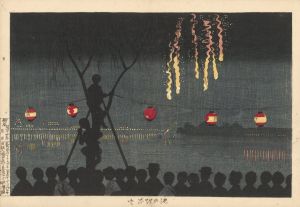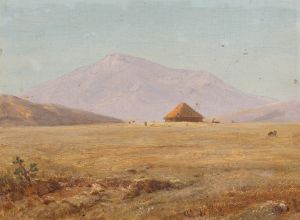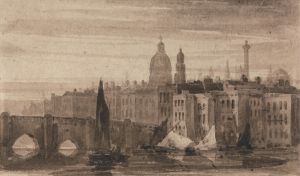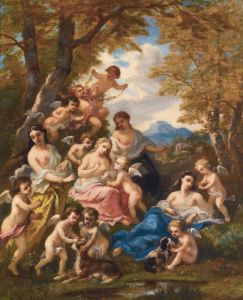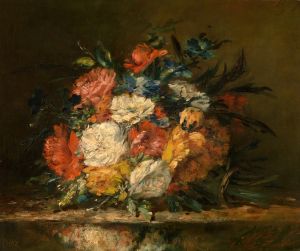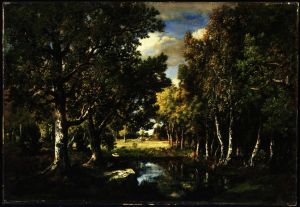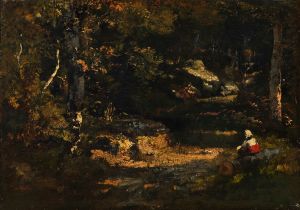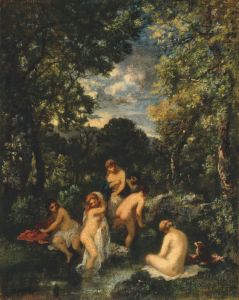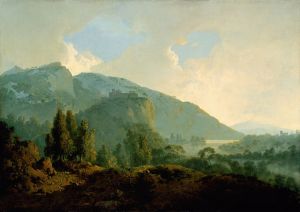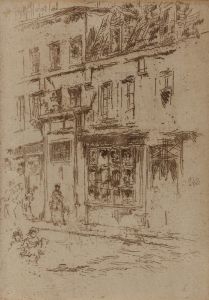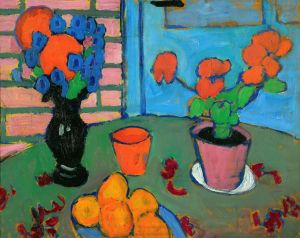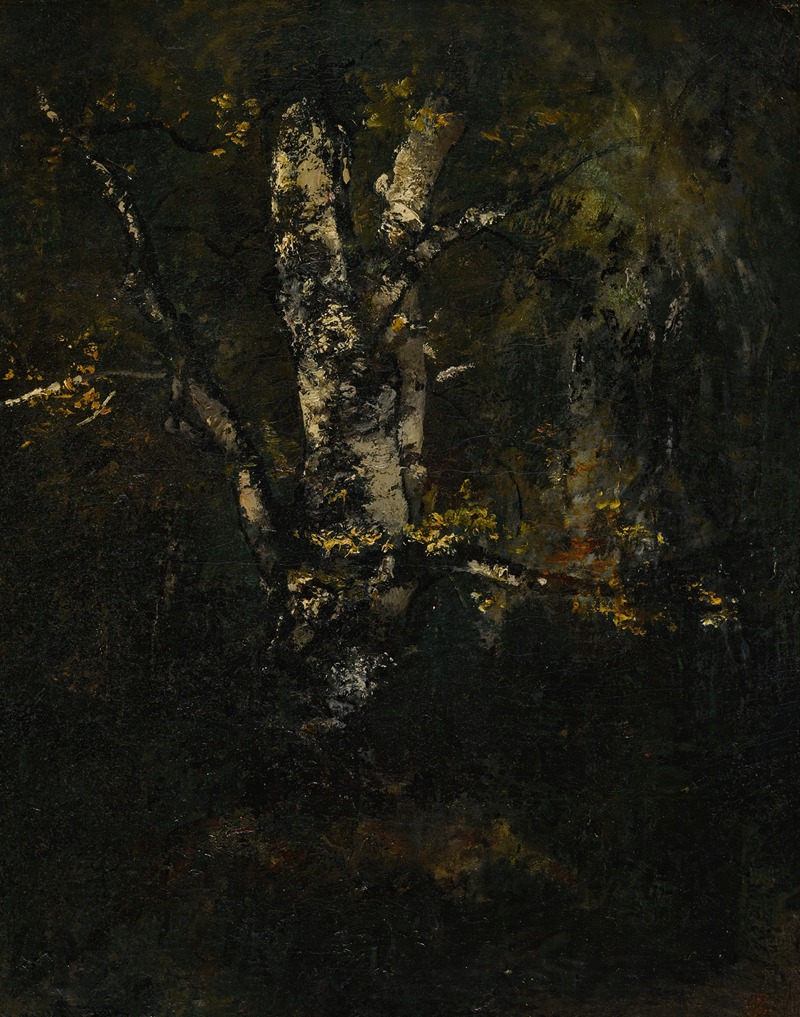
Vieux Troncs De Hêtres
A hand-painted replica of Narcisse-Virgile Diaz de La Peña’s masterpiece Vieux Troncs De Hêtres, meticulously crafted by professional artists to capture the true essence of the original. Each piece is created with museum-quality canvas and rare mineral pigments, carefully painted by experienced artists with delicate brushstrokes and rich, layered colors to perfectly recreate the texture of the original artwork. Unlike machine-printed reproductions, this hand-painted version brings the painting to life, infused with the artist’s emotions and skill in every stroke. Whether for personal collection or home decoration, it instantly elevates the artistic atmosphere of any space.
Narcisse-Virgile Diaz de la Peña was a prominent French painter of the 19th century, known for his association with the Barbizon School, a movement that played a crucial role in the development of landscape painting in France. One of his notable works is "Vieux Troncs De Hêtres," which translates to "Old Beech Trunks." This painting exemplifies Diaz de la Peña's skill in capturing the natural beauty and intricate details of forest landscapes.
Diaz de la Peña was born on August 20, 1807, in Bordeaux, France. He was of Spanish descent and faced numerous challenges in his early life, including the loss of his father during the Peninsular War and a severe leg injury that resulted in amputation. Despite these hardships, Diaz de la Peña pursued his passion for art and eventually became a key figure in the Barbizon School, which was named after the village of Barbizon near the Forest of Fontainebleau, where many artists gathered to paint en plein air, or outdoors.
"Vieux Troncs De Hêtres" is a testament to Diaz de la Peña's ability to depict the serene and majestic qualities of nature. The painting focuses on the trunks of old beech trees, capturing their gnarled and textured surfaces with remarkable attention to detail. Diaz de la Peña's use of color and light brings the scene to life, highlighting the play of sunlight and shadow on the bark and forest floor. This work reflects the artist's fascination with the natural world and his desire to convey its beauty through his art.
The Barbizon School, with which Diaz de la Peña was closely associated, emerged in the mid-19th century as a reaction against the formalism and artificiality of academic art. Artists of this movement sought to portray nature realistically and with emotional depth, often painting directly from life. Diaz de la Peña, along with other Barbizon painters like Théodore Rousseau, Jean-François Millet, and Camille Corot, contributed to a shift in artistic focus from historical and mythological subjects to the everyday beauty of the natural environment.
Diaz de la Peña's work, including "Vieux Troncs De Hêtres," played a significant role in influencing later developments in landscape painting, particularly the Impressionist movement. His emphasis on capturing the transient effects of light and atmosphere can be seen as a precursor to the techniques employed by Impressionist painters such as Claude Monet and Pierre-Auguste Renoir.
Throughout his career, Diaz de la Peña exhibited his works at the Paris Salon, where he gained recognition and acclaim for his landscapes and genre scenes. His paintings were appreciated for their vibrant color palette, dynamic compositions, and the emotive quality of his brushwork. Despite facing personal and professional challenges, Diaz de la Peña remained a dedicated artist until his death on November 18, 1876, in Menton, France.
"Vieux Troncs De Hêtres" remains an important example of Diaz de la Peña's contribution to the Barbizon School and his enduring legacy in the history of art. The painting continues to be admired for its technical mastery and its ability to evoke the timeless beauty of the natural world.





